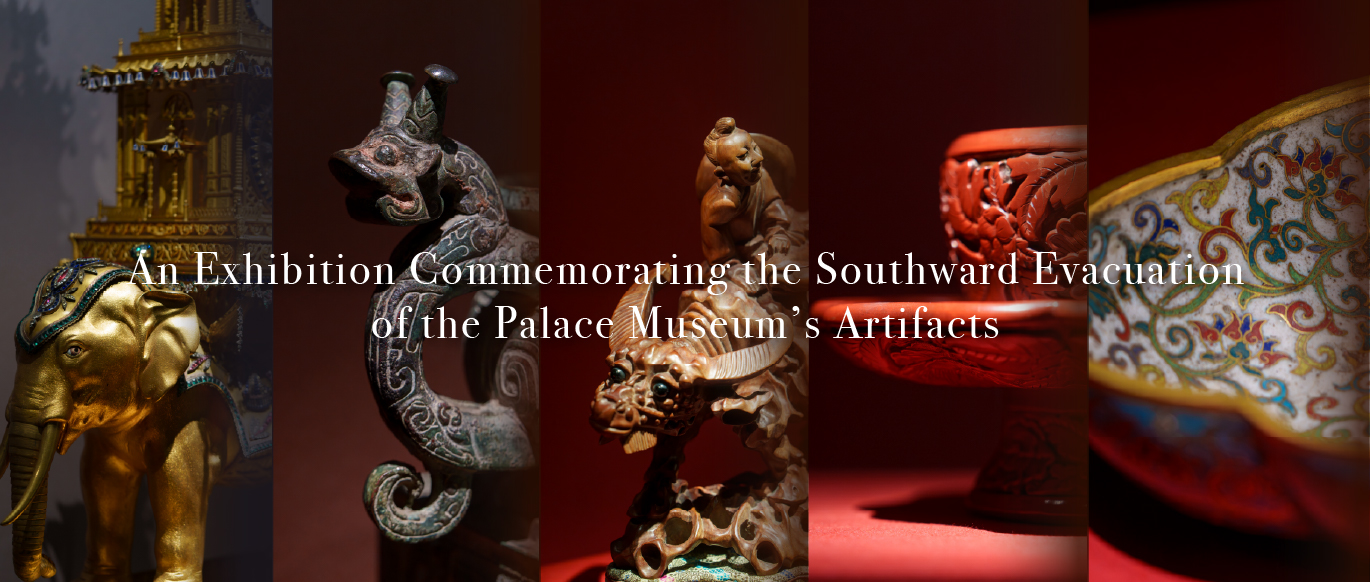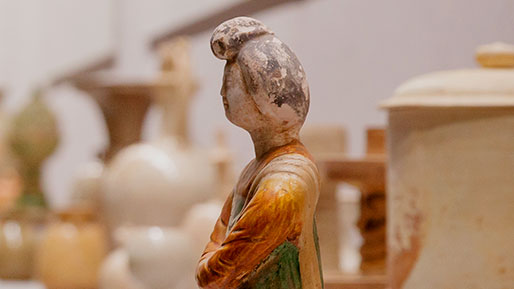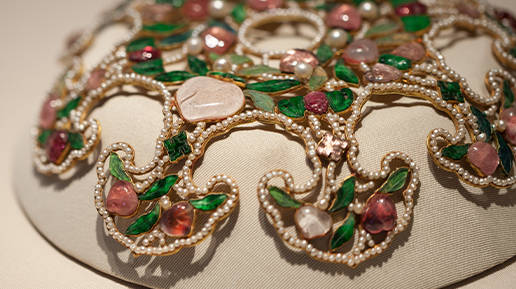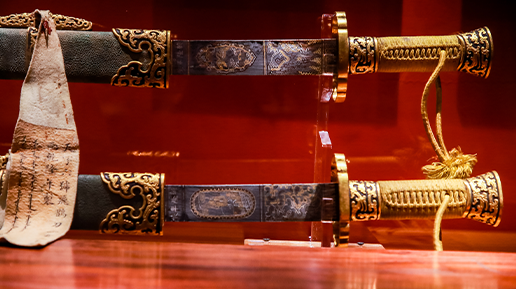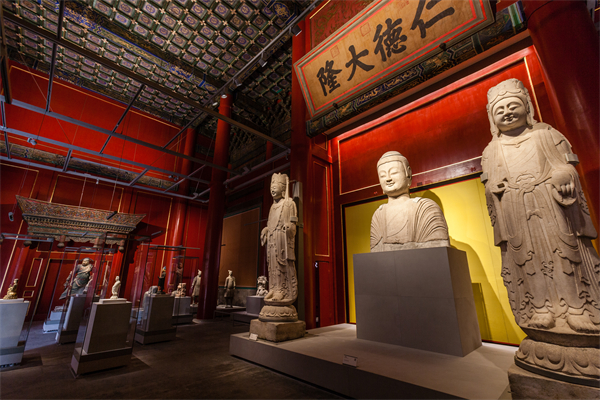
The Palace Museum Sculpture Gallery is located in the Palace of Compassion and Tranquility, with five exhibition galleries entitled: Supreme Sculpture, Han and Tang Terracotta Figures, Stone and Brick Reliefs, Xiude White Stone, and Buddhist Statues. The display area is about 1,375 square meters, with a total of 425 exhibits.
The exhibits on display in the Sculpture Gallery are grouped into three themes: terracotta figures, stone and brick reliefs, and Buddhist statues. The terracotta figures, dating from the Warring States period (475-222BCE) to the Ming dynasty (1368-1644) with masterpieces created through the ages, constitute a complete development history. The displayed items include the world-renowned Terracotta Warrior of Qin Shihuang; most of them were made in the Han (206BCE-220CE) and Tang (618-907) dynasties. The stone reliefs unearthed in northern Shaanxi and Southwestern Shanxi areas are diverse in content and form. The white stone Buddhist statues of Quyang, Hebei Province, employed perforating techniques and diversified the craftsmanship. These statues, dated from the Northern Wei dynasty (386-534) to the Sui (581-618) and Tang dynasties, are organized in chronological order. The Palace Museum was established on the basis of the Ming and Qing imperial palace, where the court collections held the Tibetan Buddhist copper statues dated to Yongle (r. 1403-1424) and Xunde (r. 1426-1435) periods. These statues in their rounded regularity are solemnly graceful, which marks the characteristic of Ming court style. The statue of the sixth Panchen Lama is a classic of Tibetan Buddhist statues created in the Qing dynasty (1644-1911).
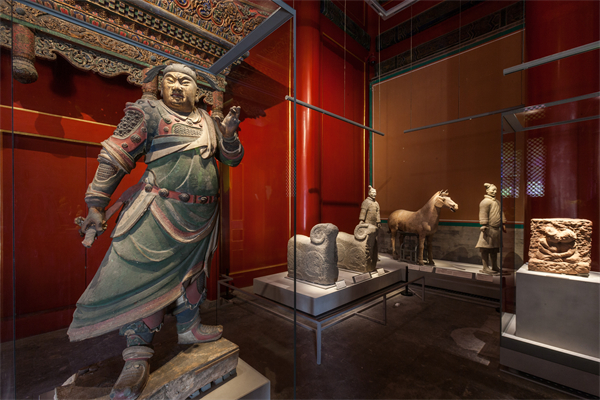
Although the pre-modern Chinese artisans created numerous masterpieces of sculpture, these precious statues were long regarded as “contrivances” and being overlooked due to the conditioning of traditional ideology. Since its establishment, the Palace Museum has aimed to strengthen the collection of sculpture art. Especially after the founding of People's Republic of China, by accepting public donations, archaeological excavations, exchanges and collaboration with other domestic museums, among others, the museum’s collection is greatly enriched; combined with the original regal collections of Ming and Qing dynasties, the systematic collection of sculptural relics is nearly complete. In 1958, the Palace Museum established the Sculpture Gallery in the Hall for Ancestral Worship (Fengxian dian); it is the first themed gallery of sculpture in the history of Chinese museums, and widely acclaimed from all walks of life. This year marks the ninetieth anniversary of the founding of the Palace Museum. Leveraging the inherited tradition and recent research achievement, the newly renovated Sculpture Gallery aims to provide the visitors a more comprehensive and objective understanding of the historical development of Chinese ancient sculpture.
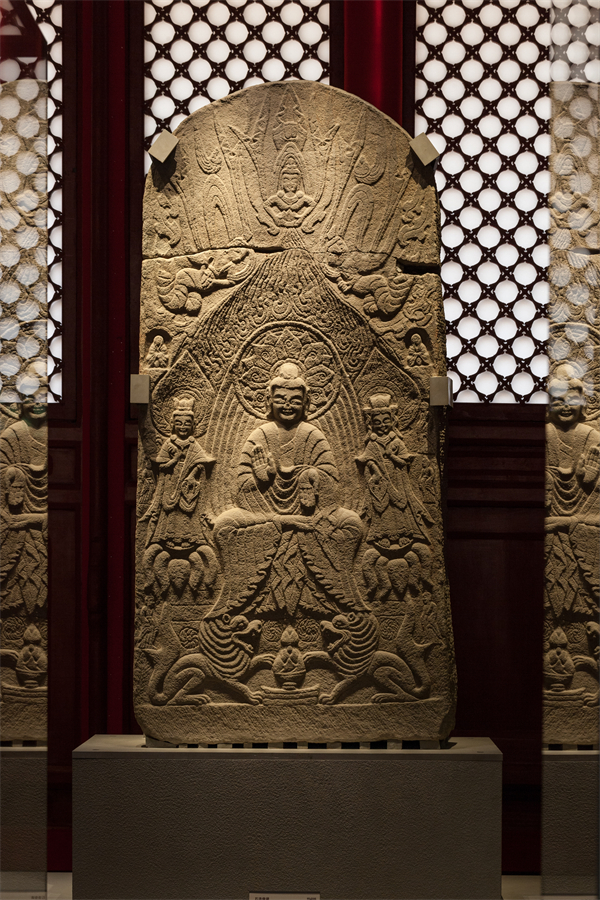
Palace of Compassion and Tranquility
The Palace of Compassion and Tranquility (Cining gong), first built in 1536 in the west of the Forbidden City, was the palatial residence especially built for Empress Dowager Jiang at the order of the Jiajing Emperor (r. 1522-1566). In 1769 (the thirty-fourth year of Qianlong reign, Qing dynasty), the main hall of Palace of Compassion and Tranquility was rebuilt with multiple-eaves, and the rear hall was moved further north, in a layout as seen today. The courtyard, bounded by the east and the west covered corridors, which connect the Gate of Compassion and Tranquility to the south and the wing houses of the rear hall to the north, forms an independent architectural complex. The main hall, with front and rear verandas, a gable and hip roof with double eaves and in yellow glazed tiles, is seven-bay wide and five-bay deep. In front of the main hall is a moon terrace, where the major ceremonies for the empress dowager took place. Especially on the Empress Dowager’s birthdays, it was where the emperor held celebrations. The rear hall was where the Empress Dowager worshiped the Buddha, and was furnished with all sorts of statues of Buddha and ritual instruments, thus it was also named the “great Buddha hall”.





